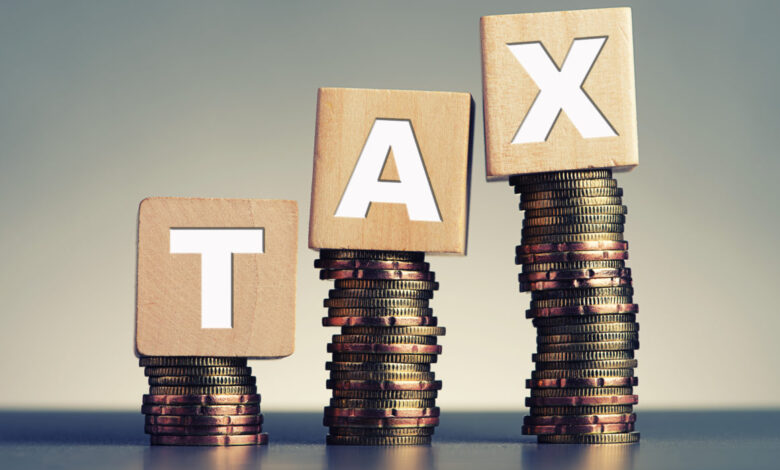The Tax Implications of Starting a Side Hustle in Canada

In the contemporary landscape of financial aspirations and the burgeoning gig economy, numerous Canadians are embracing side hustles to supplement their primary incomes. However, delving into the realm of side hustles comes with significant tax considerations. Understanding these tax implications is vital to managing your financial journey effectively and responsibly. In this article, we will delve into the multifaceted world of tax considerations when starting a side hustle in Canada.
Table of Contents
Understanding Side Hustles
A side hustle, in essence, involves pursuing additional income streams beyond one’s primary employment. This supplementary income can stem from a variety of activities, including freelancing, consultancy, online sales, or providing services such as writing, photography, or tutoring. The appeal of a side hustle lies in its potential to bolster financial stability, explore passion projects, and broaden one’s horizons.
Choosing the Right Business Structure
As you embark on your side hustle journey, understanding the fundamental tax considerations is paramount. First and foremost, determining the appropriate business structure is essential. In Canada, side hustlers typically opt for either sole proprietorship or incorporation. Each option carries distinct tax implications that will shape your financial obligations.
Sole Proprietorship
Operating as a sole proprietor involves conducting business under your name. While this offers simplicity, it also requires reporting your side hustle’s income and expenses on your personal tax return using Form T2125 (Statement of Business or Professional Activities). It’s worth noting that, as a sole proprietor, you bear personal liability for any debts or legal obligations stemming from your business activities.
Incorporation
On the other hand, incorporating your side hustle establishes a separate legal entity. This route offers limited liability protection, but it comes with more administrative and legal responsibilities. Corporations have their own tax return (T2) and are subject to corporate taxes distinct from personal taxes. However, managing the personal income you draw from the corporation is crucial to avoid potential double taxation.
Accurate Income Reporting
Regardless of your chosen business structure, accurate reporting of your side hustle income is paramount. The Canada Revenue Agency (CRA) mandates transparent and truthful income reporting to ensure fair taxation practices. Keeping meticulous records of income and expenses, such as invoices and receipts, is crucial. These records not only facilitate precise reporting but also enable you to claim deductions and credits accurately.
Additionally, some clients or platforms might issue tax slips, such as T4A or T5018 forms, for income earned through your side hustle. Integrating these tax slips into your tax return is essential to maintain consistency and accuracy in your financial reporting.
Leveraging Deductions and Expenses
One of the distinct advantages of a side hustle is the ability to deduct eligible expenses, effectively reducing your taxable income. However, these deductions should be well-documented, reasonable, and directly related to your business activities. Home office expenses, for instance, can be claimed if you utilize a portion of your home exclusively for your side hustle. This encompasses a fraction of your rent, utilities, and property taxes, as guided by the CRA.
Moreover, expenses tied to business supplies, equipment, and materials essential for your side hustle are deductible. This category might encompass tools, software, or materials specific to your field of work. If your side hustle involves the use of your vehicle, you can claim a portion of vehicle-related expenses, including fuel, maintenance, and insurance. To substantiate these claims, maintaining detailed mileage logs is imperative.
Managing Tax Obligations
Managing tax obligations throughout the year is another vital aspect of side hustle taxation. Unlike traditional employment where taxes are automatically withheld, side hustlers need to set aside funds for taxes and make installment payments if their expected tax owing exceeds a specific threshold.
In the context of GST/HST obligations, it’s essential to be aware of your revenue levels. Once your side hustle generates more than $30,000 in revenue over four consecutive calendar quarters, you’re required to register for and charge the Goods and Services Tax (GST) or the Harmonized Sales Tax (HST), depending on your province. This obligation applies to both sole proprietors and incorporated businesses. If you have complex income and expenses, speak to a tax accountant like Blackspark to manage your tax obligations.
Planning for Retirement and Pension Contributions
Moreover, addressing retirement savings and contributions becomes a nuanced endeavor for side hustlers. Unlike traditional employees with employer-provided retirement plans, side hustlers are responsible for devising their own retirement strategies. Exploring options such as the Registered Retirement Savings Plan (RRSP) and the Tax-Free Savings Account (TFSA) becomes crucial in securing your financial future.
In conclusion, the allure of side hustles lies in their potential to enhance financial flexibility and personal growth. However, the intricacies of taxation demand careful attention. By grasping the implications of business structures, income reporting, deductions, tax payments, and other considerations, you can embark on your side hustle journey well-equipped to make informed decisions. Seeking guidance from tax professionals or financial advisors can provide additional assurance in maximizing your tax benefits while navigating your tax obligations responsibly. As you venture into the world of side hustles, understanding the tax landscape is a pivotal aspect of ensuring your financial success.





